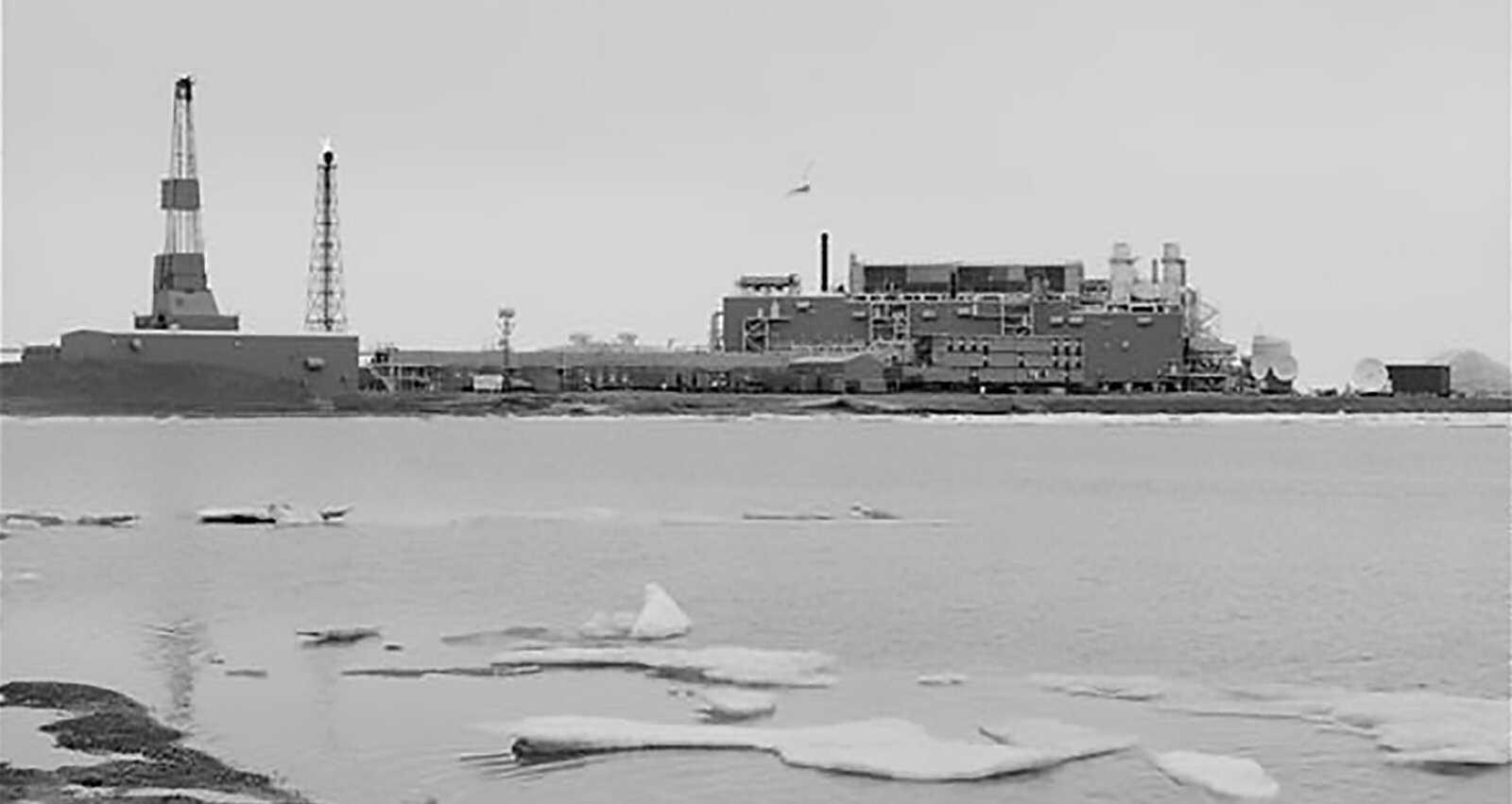U.S. and Global Oil Consumption

How much oil does the world consume? The United States consumes an average of 20.6 million barrels of oil a day. Forty percent of that — 9.1 million barrels — is used to power motor vehicles. So how do these numbers measure up globally? The most recent figures show that China, with a population more than four times that of the United States, consumes nearly seven million barrels a day. However, China's thirst for oil is growing quickly, with India coming up fast behind. Russia uses nearly three million barrels of oil a day and Canada just over two million. Americans use more oil for their motor vehicles than the total combined amounts used by Russia, Canada, the United Kingdom and France. The U.S. represents about five percent of the human population, but it consumes a quarter of the world's oil.
Oil Imports
Where does America get all the oil it needs? The U.S. imports roughly half the total -- over ten million barrels of crude oil a day. Canada is the top source, at nearly 1.8 million barrels. Mexico, Saudi Arabia, Nigeria, and Venezuela are numbers two through five, each exporting more than one million barrels a day. Angola, Iraq, Colombia, Kuwait and Algeria round out the top ten; each exports between 273,000 to 641,000 barrels a day.
Domestic Oil Production
Some of the oil that the U.S. consumes is produced domestically. But while consumption has been on the rise over the years, production is at a 50-year low. In 2005 the United States produced an average of 5.4 million barrels a day — a little more than half of what it was producing 20 years ago. The top three oil-producing areas in the country are the Gulf of Mexico, Texas onshore and Alaska's North Slope. Only the Gulf of Mexico was expected to increase output in 2006, but the impact of Hurricanes Katrina and Rita has hindered productivity. The storms damaged 183 pipelines and destroyed 115 platforms.
The Future of Alaskan Oil
When oil was doscovered in Prudhoe Bay on the North Slope of Alaska, it was the single largest field ever found in North America. The 27-square mile oil field was small in size, but prolific in volume. It has already produced 15 billion barrels of oil. In 1988 the Trans-Alaska pipeline hit its peak, transporting 2.02 million barrels a day; since then it has been on a decline. In 2005 Alaska averaged 872,000 barrels a day with 400,000 coming from the North Slope. The total amount is expected to decrease by 20,000 barrels a day in 2006. No one knows for sure just how much is left. There has been only one other big find in Alaska, but it's small in comparison to Prudhoe Bay. That source, called Alpine, outputs 63,000 barrels a day.
New Technologies
As the production of easy-to-pump grades of oil is declining, companies like British Petroleum are trying to extend the life of Prudhoe Bay as an extraction site by using new technologies to wring more oil out of the rock. They are targeting heavy oils, which often have the consistency of molasses, and were once considered too costly to extract. But even new techniques will not significantly boost production.
A Controversial Source
Today there are few large-producing oil fields left to be tapped in United States. U.S. Geological Survey officials believe the best prospect is 60 miles east of Prudhoe in the Arctic National Wildlife Refuge, a federally protected wilderness area. Speculation about the amount of oil in the ground varies wildly. Proponents say the site holds 16 billion barrels, while opponents argue that the number is closer to three billion barrels. Government officials estimate ten billion barrels. According to a recent Energy Information Administration forecast, oil supplies flowing from the refuge -- at peak production in 2025 -- would reduce America's dependence on foreign oil from 70 percent to 66 percent. President George W. Bush's plan to drill in the refuge has already been rejected by lawmakers twice and is not expected to be passed any time soon.
Ongoing Debate
Regarding environmentalists' opposition to drilling in Alaskan wilderness, former Sierra Club Alaska representative Jack Hession says: "It's a defensive effort. It has been since 1980 and it will continue probably until such time as the industry either decides it's a losing proposition or technology comes along to take the pressure off going into the Arctic refuge. The state of Alaska has constantly tried to open the refuge and they've failed. We are bound and determined to maintain the status quo out there." But representing the other side of the debate are many Alaska residents, for whom oil revenues have provided annual dividends since 1982.






